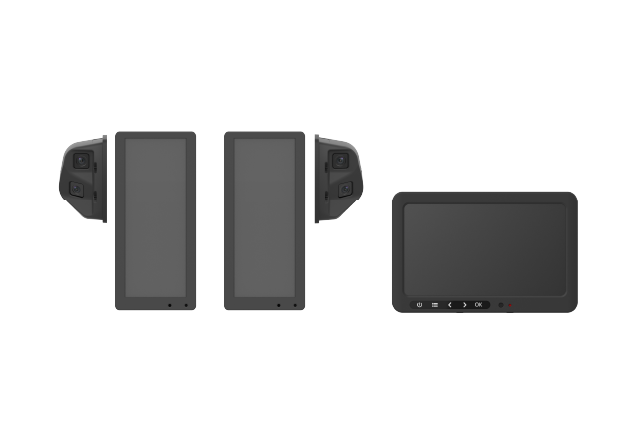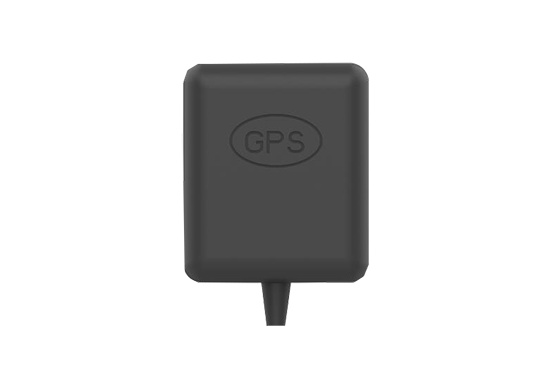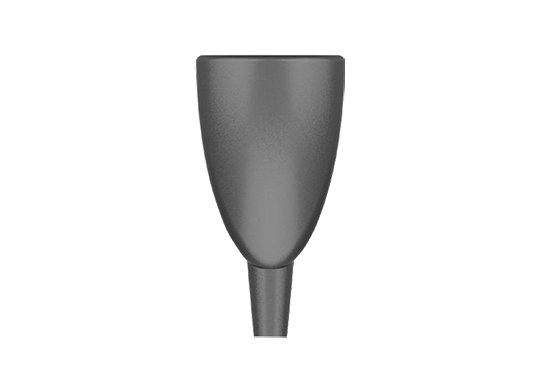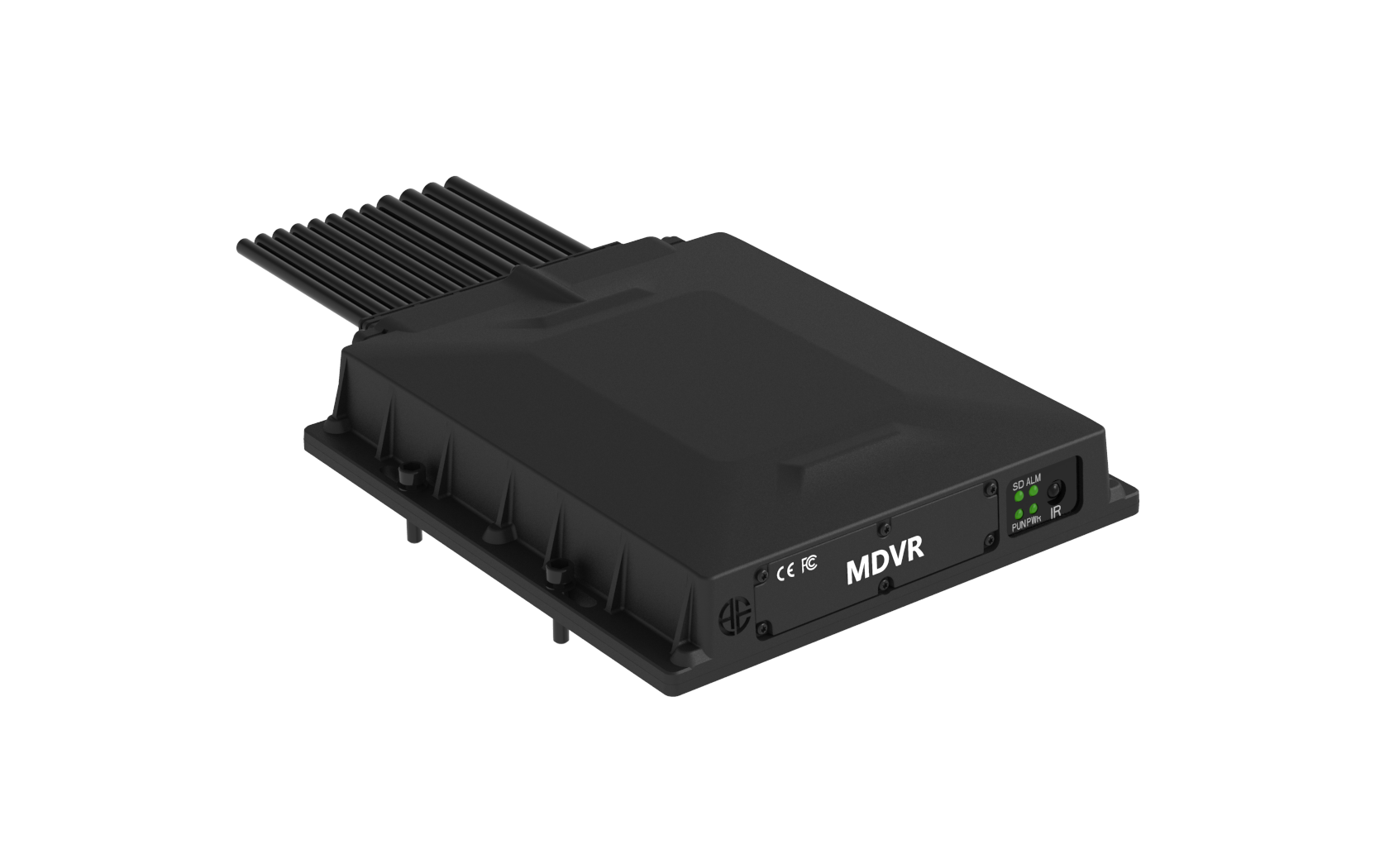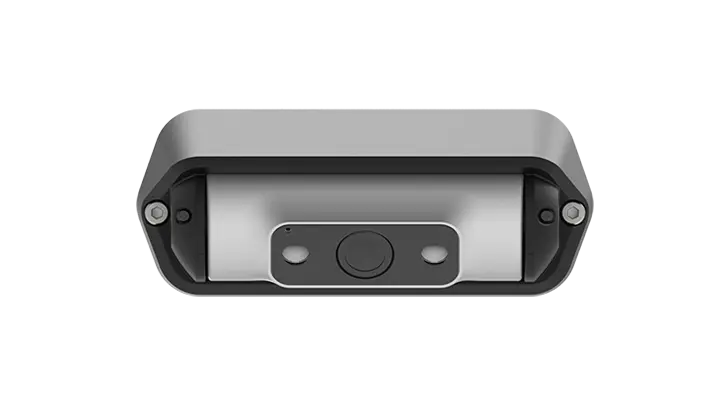DDAW (Driver Drowsiness and Attention Warning) is an advanced safety system designed to enhance road safety by monitoring driver behavior in real time. By detecting signs of fatigue, distraction, or inattention, the system provides timely alerts to help drivers stay focused and prevent accidents. With the growing concern over fatigue-related crashes, DDAW plays a crucial role in reducing traffic accidents, improving driver awareness, and enhancing overall driving safety.
In this article, we will explore the key advantages of the DDAW system and how it contributes to safer road conditions, better health management for drivers, and increased market competitiveness for vehicles.
Reducing Accidents Caused by Fatigue Driving
Fatigue is a leading cause of traffic accidents, particularly for long-haul drivers and those traveling during late hours. The DDAW system continuously monitors the driver’s behavior through advanced sensors and AI-driven analysis of:
- Eye movements and blinking patterns
- Facial expressions to detect drowsiness
- Steering patterns and reaction times
- Lane-keeping behavior
When signs of fatigue are detected, the system issues audio and visual alerts, reminding the driver to take a break or stop driving. This proactive warning system significantly reduces the risk of fatigue-related crashes and enhances overall road safety.
Improving Driver Concentration & Reducing Distractions
Distracted driving is another major safety concern, with mobile phone use, inattention, and cognitive distractions contributing to a significant number of accidents. The DDAW system helps maintain driver focus by:
- Detecting prolonged periods of inattention
- Identifying erratic driving behavior
- Issuing immediate alerts to refocus the driver’s attention
By continuously monitoring driving patterns, DDAW ensures that drivers stay alert, reducing the likelihood of collisions caused by distraction.
All-Weather and All-Time Applicability
The effectiveness of safety systems should not be limited to daytime or specific weather conditions. The DDAW system operates seamlessly:
- At night, when drowsiness risk is higher
- In adverse weather conditions, ensuring continuous monitoring
- During long drives, providing consistent fatigue detection
Its real-time performance makes it an indispensable tool for commercial and personal vehicles, ensuring optimal driver safety regardless of external factors.
Reducing the Social and Economic Costs of Accidents
Traffic accidents impose heavy economic and social costs, including:
- Medical expenses for injuries
- Insurance claims and premium hikes
- Legal costs and liabilities
- Property damage
By preventing accidents, the DDAW system not only saves lives but also significantly reduces these financial burdens for individuals, insurance companies, and governments. It contributes to overall road safety and economic stability by minimizing crash-related expenses.
Supporting Driver Health Management
Long-term monitoring of fatigue and attention levels can provide valuable insights into a driver’s health, including:
- Identifying patterns of chronic fatigue
- Detecting potential sleep disorders such as sleep apnea
- Encouraging healthier driving habits
Drivers can use this data to make informed lifestyle choices, improving overall well-being and reducing road risks associated with health-related fatigue.
Enhancing the Driver’s Sense of Security & Driving Experience
The DDAW system fosters a safer and more comfortable driving experience by:
- Providing real-time alerts, keeping drivers engaged
- Reducing stress by acting as a safety net against drowsiness
- Encouraging responsible and alert driving behavior
With DDAW in place, drivers feel more confident and secure, leading to better overall driving satisfaction.
Boosting Vehicle Market Competitiveness
As advanced driver-assistance systems (ADAS) become industry standards, DDAW-equipped vehicles gain a competitive edge by:
- Meeting stringent safety regulations
- Attracting safety-conscious consumers
- Increasing resale value due to high-tech safety features
Auto manufacturers integrating DDAW technology into their vehicles can enhance brand reputation and market appeal.
Seamless Integration with Other Safety Systems
DDAW works in harmony with other driver-assistance technologies, such as:
- Lane-Keeping Assist (LKA) – Prevents unintended lane departures
- Automatic Emergency Braking (AEB) – Reduces collision impact
- Adaptive Cruise Control (ACC) – Maintains safe following distances
Together, these systems create a comprehensive safety network, ensuring maximum protection for drivers and passengers.
Conclusion
The DDAW (Driver Drowsiness and Attention Warning) system is a groundbreaking advancement in automotive safety, offering:
Accident prevention through fatigue and distraction detection
- Health monitoring for long-term driver well-being
- Enhanced driving experience and peace of mind
- Economic benefits by reducing accident-related costs
- Market competitiveness for vehicle manufacturers
As smart driving technology evolves, the DDAW system will continue to play a vital role in improving road safety, making it an essential feature for future vehicles. Investing in DDAW-equipped vehicles is not just a safety measure—it’s a commitment to responsible driving and a smarter, safer future.







